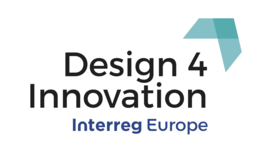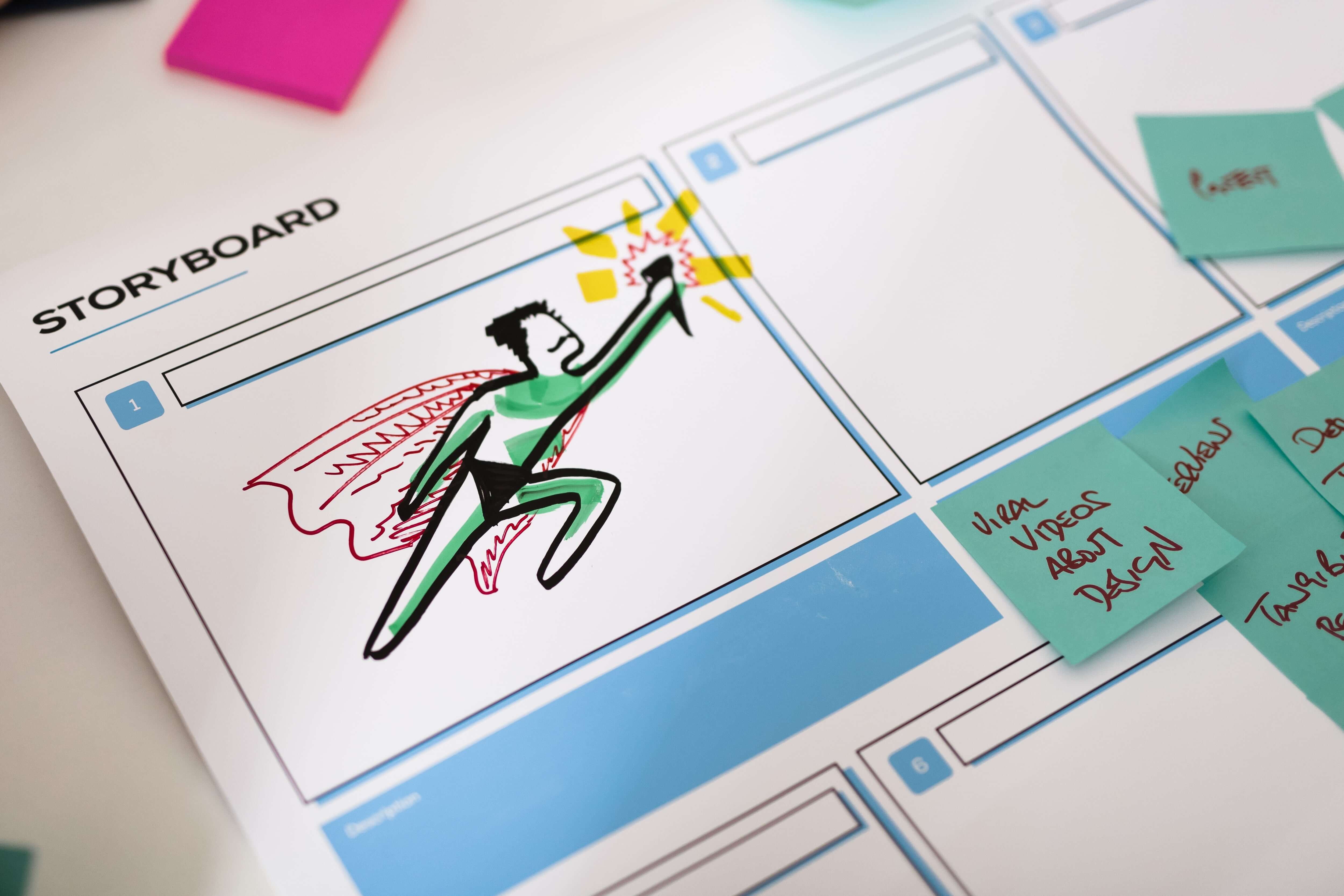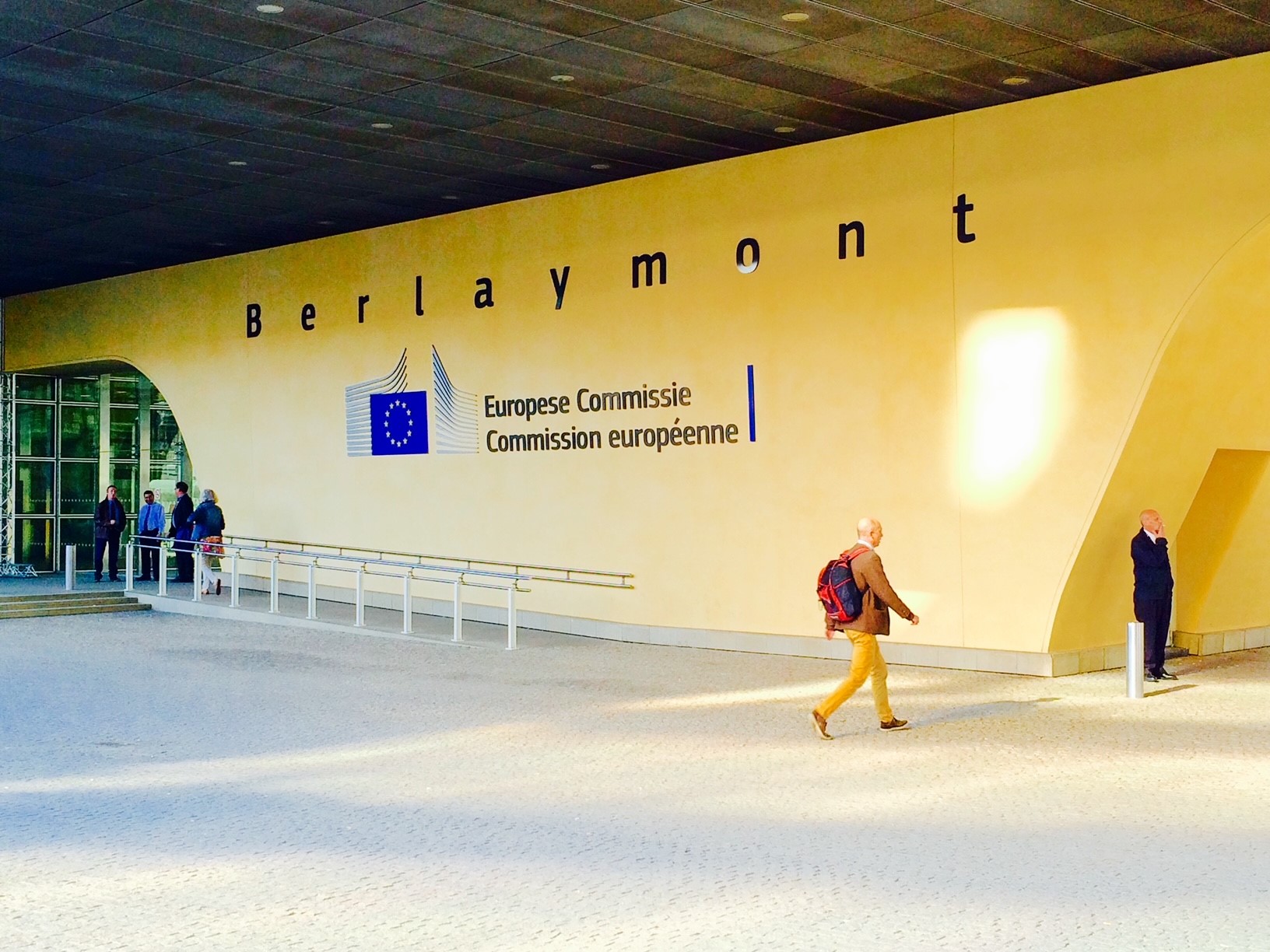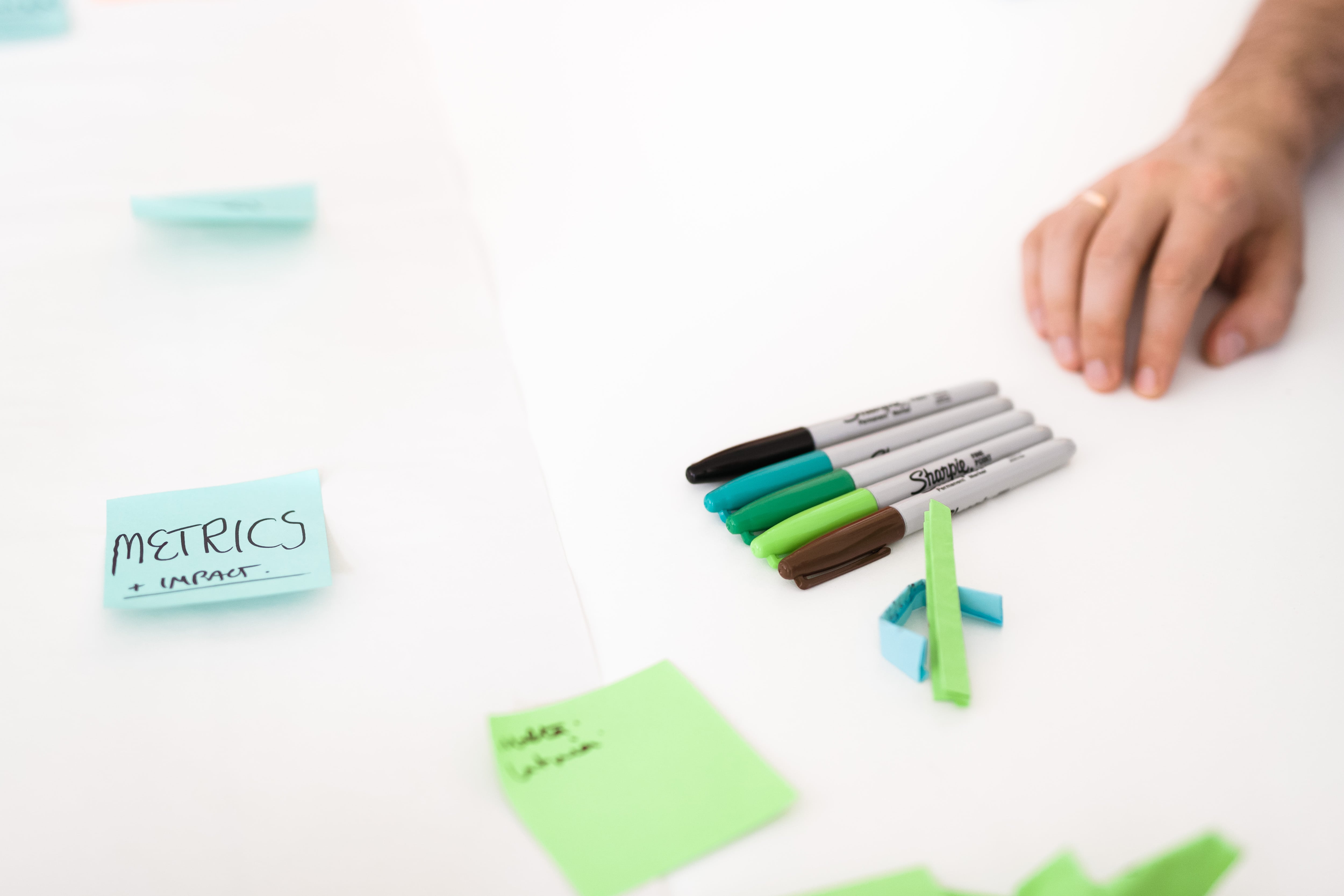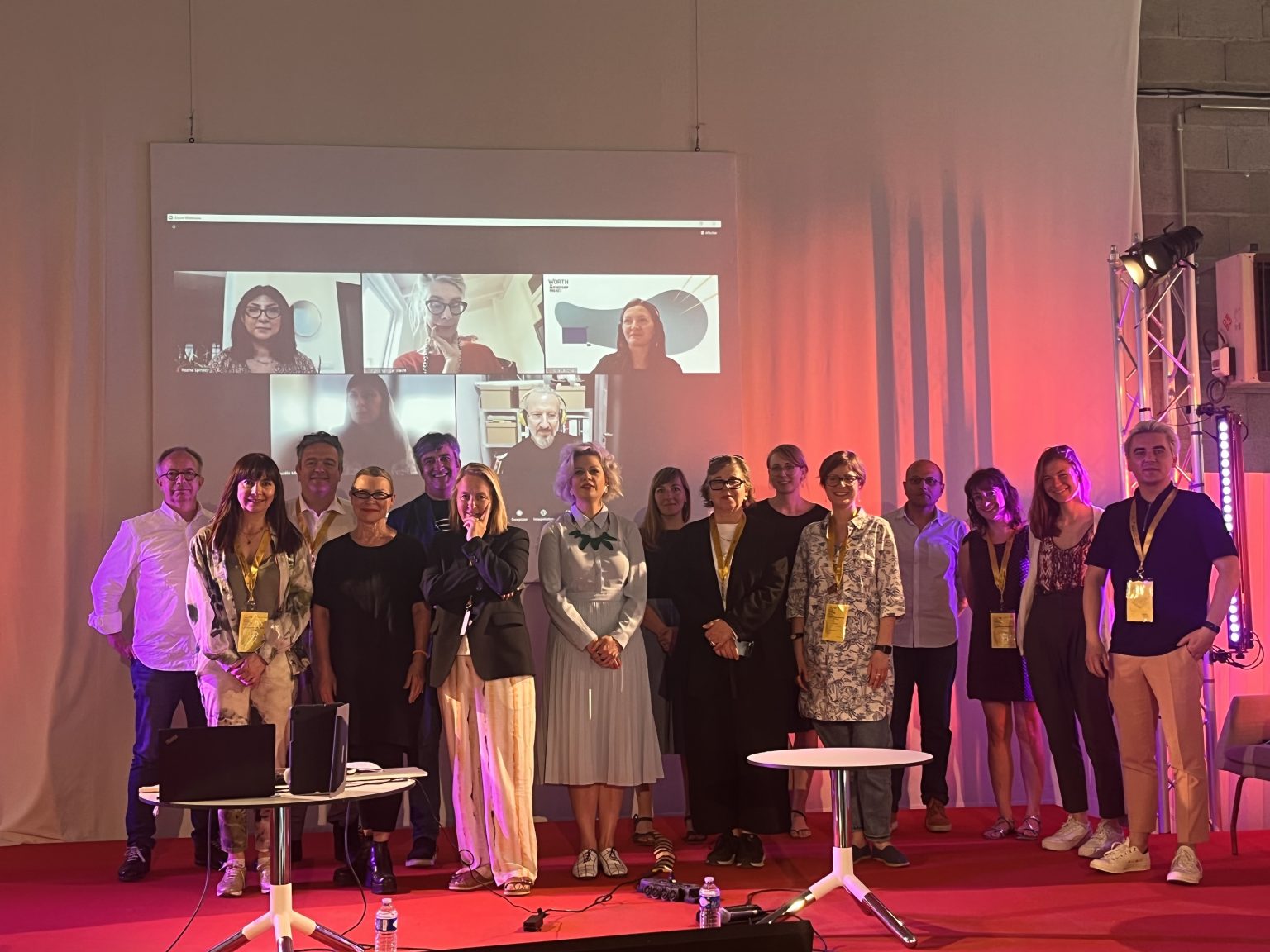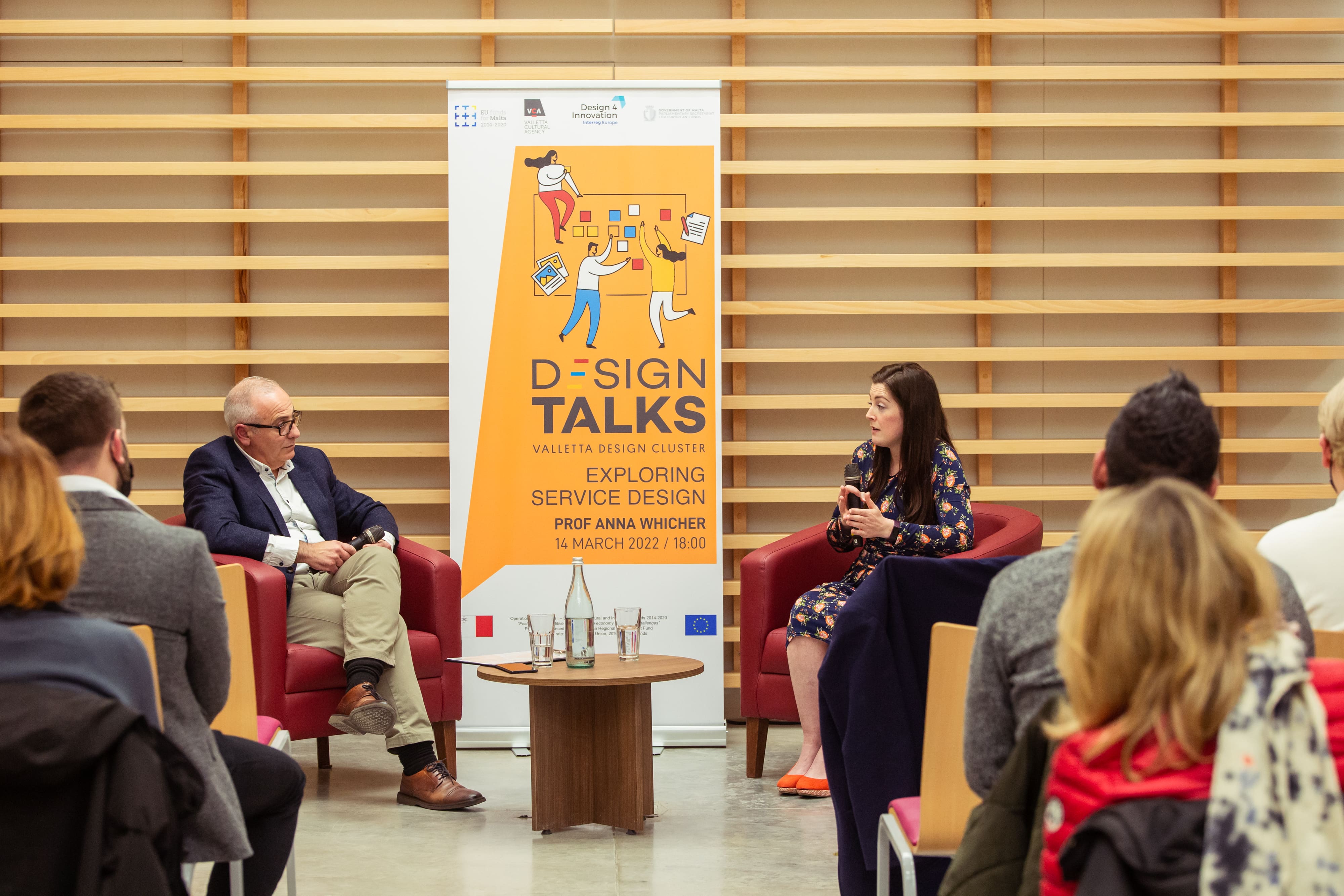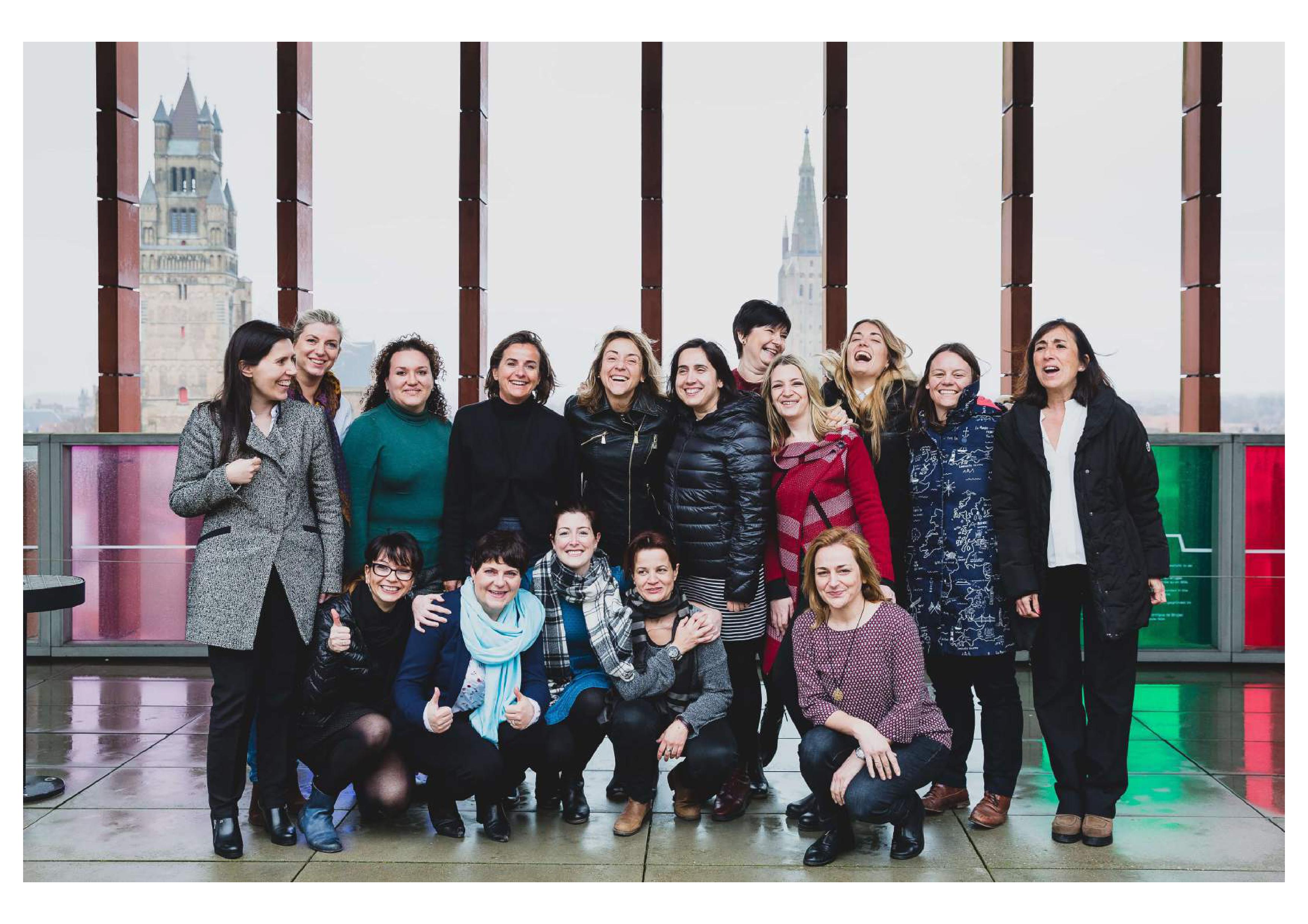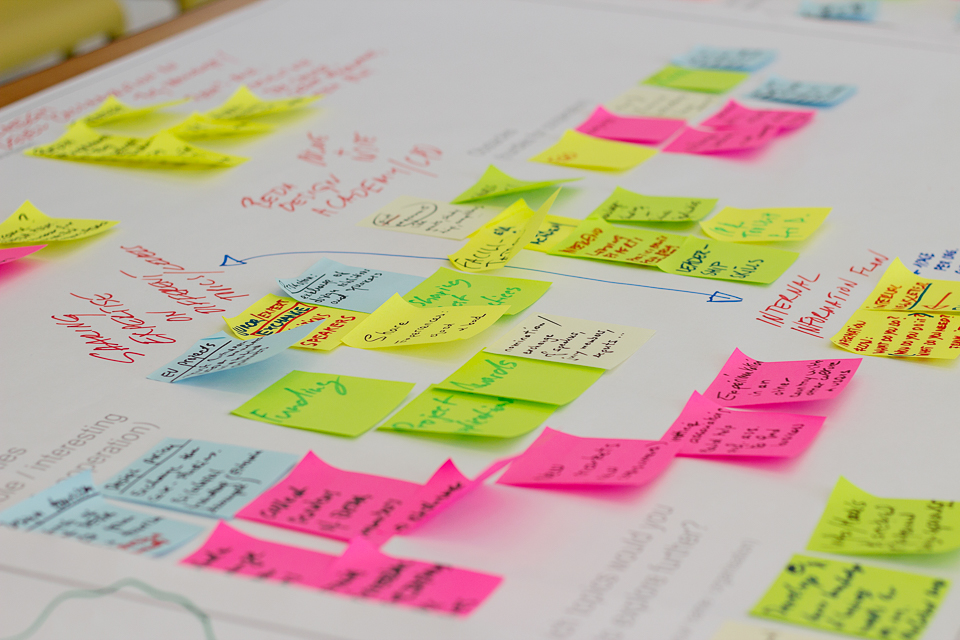Read the beginning of this interview here
How would you rate the Design4Innovation experience so far both as a local stakeholder in the design sector and as an international participant in an Interreg Europe project?
I think it has been an excellent experience so far. First of all, we have learnt a lot.
Many of the partners are in similar situations to ours, even though in very different contexts, which is great when it comes to sharing knowledge and supporting each other in strategic decisions. It was great to gain insights into experiences that some of these partners had in implementing incentives for the benefit of the design sector and SMEs, which we are now trying to translate into concrete actions in the Design Action Plan we’ll adopt for the coming two years.
We also have learnt a lot from the project leader and from the workshops and study visits that have been held regularly from the start of the project until now during the Partners meetings. Design4Innovation was also a good “excuse” to get to know the local design environment better: we visited numerous sites and organisations that are in a way or another similar to the facility we will manage, and we have learnt a lot about their operations, ethos and community engagement. Such organisations would typically be universities, private organisations, private co-working spaces, fablabs and similar entities. This experience has also helped us define the Valletta Design Cluster offer in a better way.
Can you mention 3 different areas you are working on in order to create more opportunities for the design sector in Malta?
The Ministry of Finance has been carrying out research about the economic impact design operators have in Malta, which will provide data that can be used to create official documents and policies about design in the future. It’s really important and encouraging to see the Ministry of Finance carrying out research with the National Statistics Office.
On the educational front, I think we have come a long way in terms of understanding how different faculties, institutes and centres within the university and MCAST contribute, in different ways, to generate the skills that are required for a functional and healthy design sector. An important connection not to be forgotten is to create a network among these different players to make sure a cooperative holistic approach is always in place.
Another important example is the long-lasting relationship with the Malta Business Bureau and the Malta Chamber of Commerce, Enterprise and Industry, which is crucial to design some of the activities for the Design Action Plan, for example the creation of a support group for design practitioners within the MCCEI, which shows a clear awareness and interest in promoting design as a driving force in the Maltese economy.

